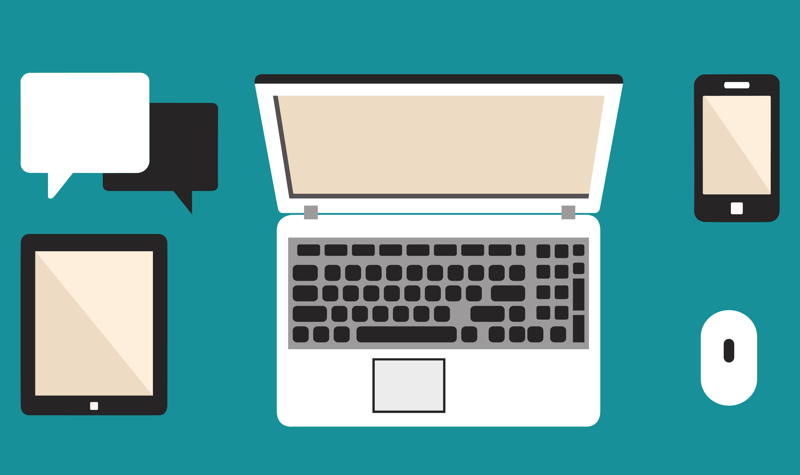
In the world of enterprise IT and high-end business computing, the idea of delivering software as a service is relatively old news. In fact, the acronym SaaS (Software as a Service) is now so commonplace there that you rarely, if ever, see it spelled out anymore. Plus, in that world, everyone is rushing to deliver everything as a service—in fact, the new buzzword is “XaaS,” where “x” is like an algebraic variable that can seemingly represent anything.
In the world of consumer and small business, however, the concept of software being delivered as service is still relatively new. Many people are just starting to get their heads around things like Microsoft’s Office 365, which provides end users with access to popular Office applications like Word, Excel and PowerPoint. By paying an annual subscription fee, Office 365 not only allows you to get these key applications on your main PC, it also lets you access them on multiple PCs in a household. Plus, when upgrades come out, you get automatic access to those new versions—it’s all part of the package.
On top of that, you can now gain access to these apps on multiple devices, even across different operating systems, which is a new twist on traditional SaaS. In this era of multiple devices per person, this is extremely important because people need to exist across multiple operating systems and expect to be able to get things done no matter which device they happen to be using.
Another offering along these lines is the newly unveiled 2015 release of Adobe’s Creative Cloud, which is designed for creative professionals and offers access to Photoshop, Illustrator, DreamWeaver (for website creation and editing) and much more. Like Office 365, Creative Cloud offers a variety of different subscription price models, each of which give you access to the latest versions of Adobe’s key publications across different operating systems on different machines. The new version of Creative Cloud also provides easy (though not free) access to Adobe Stock, a new stock photo and clip art library service.
In a similar way, Office 365 has moved well beyond the limits of its core apps and moved into online e-mail, calendar, file storage and even business communications with Skype. In that regard, it seems the business model for both Microsoft and Adobe has evolved from “software as a service” to “software is a service” because of all the additional capabilities now available.
And it’s not just these business software mainstays that are adapting this approach. Many of Apple’s latest software offerings are essentially being turned into services. Certainly the forthcoming Apple Music is a good example, but even Apple’s operating systems (OS X for Macs and iOS for iPhones and iPads) and all the apps that the company bundles with them (iCloud, Pages, Photos, GarageBand, etc.) have become more like services than independent software.
In Apple’s case, these software updates are now free (as are many, many other web-based applications), but the idea is that underlying software is being subsumed into the greater purpose of delivering a set of capabilities that can be more easily kept up-to-date.
More and more of the things we want to do, information we want to gather, and methods of communication we want to use are becoming services that are embedded into different platforms.
Taking this analogy to an even higher level, you could even start to argue that independent applications, both on PCs and mobile devices, have started to go away. More and more of the things we want to do, information we want to gather, and methods of communication we want to use are becoming services that are embedded into different platforms. As with previous examples, some of these services are independent of the underlying operating system while others are becoming increasingly embedded into it.
The really tangible benefits of these software service models hit home recently as I was setting up some new PCs. After ensuring that I had the latest Windows Updates, all I had to do was enable my Office 365 and Creative Cloud accounts on each of them. Not only did this start the process of installing the latest versions of my core applications, it also gave me cloud-based access to all the documents I create in each of them. Microsoft delivers these documents through OneDrive and Adobe through their own CreativeSync, but regardless, the whole process was significantly easier and faster than the traditional way of installing an app at a time, then updating all those apps, then making sure I had all the files I needed, etc.
The likelihood that we will all continue to add both to the quantity and variety of our smart connected computing device collections is extremely high, so the value of these new software services cannot be overstated. By giving us the tools we need across the devices we use, they really can make the process of using all our different devices much easier.
Bob O’Donnell is the founder and chief analyst of TECHnalysis Research, LLC a technology consulting and market research firm. You can follow him on Twitter @bobodtech. This article was originally published on Tech.pinions. Header image via Shutterstock.